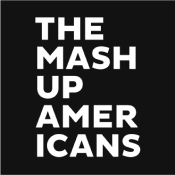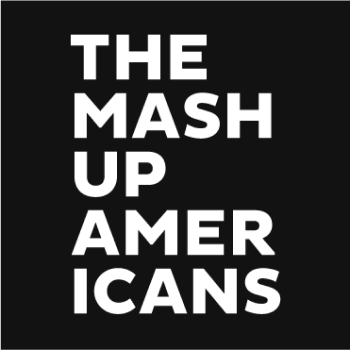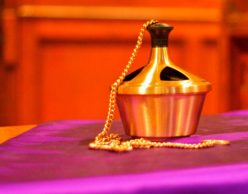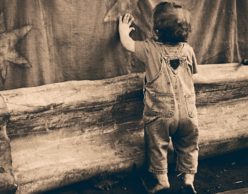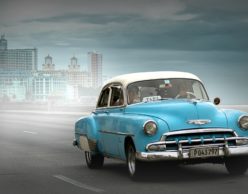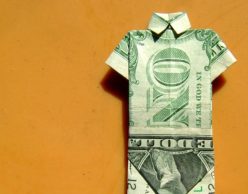Hapa in Hollywood
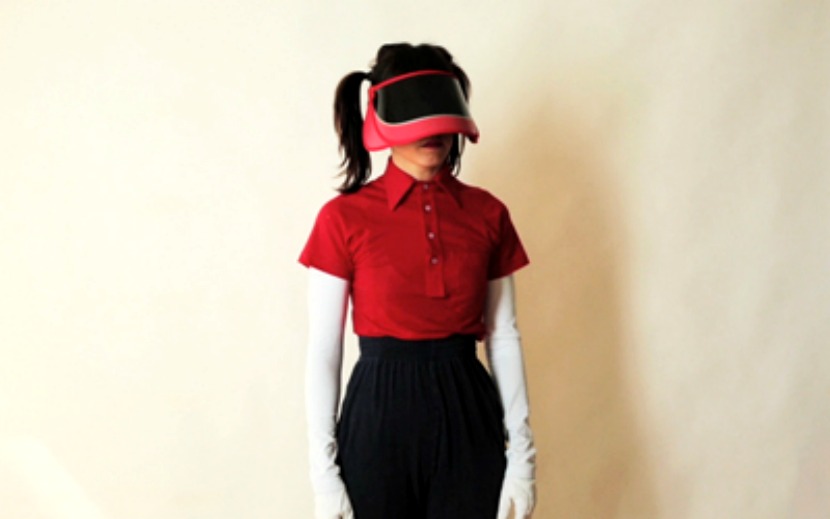
When the world is eager to slap a label on you, it’s not easy to resist; particularly when, for much of your life, you’ve craved an identity to call your own. The struggle is real, particularly in the Hollywood game. But worth it, as Katie Malia, our Japanese-American Mash-Up and creator of the web comedy series Almost Asian, tells us. So what does it mean to be your whole self, when everyone tells you you are not enough of anything? It means being badass.
The first time I heard the word “prejudice,” my life stood still.
I was on the elementary school playground, and a girl who liked my older brother called him “prejudice” for not liking her back. Cute. Also not quite the accurate use of the word; but we were kids, so I’ll forgive her that.
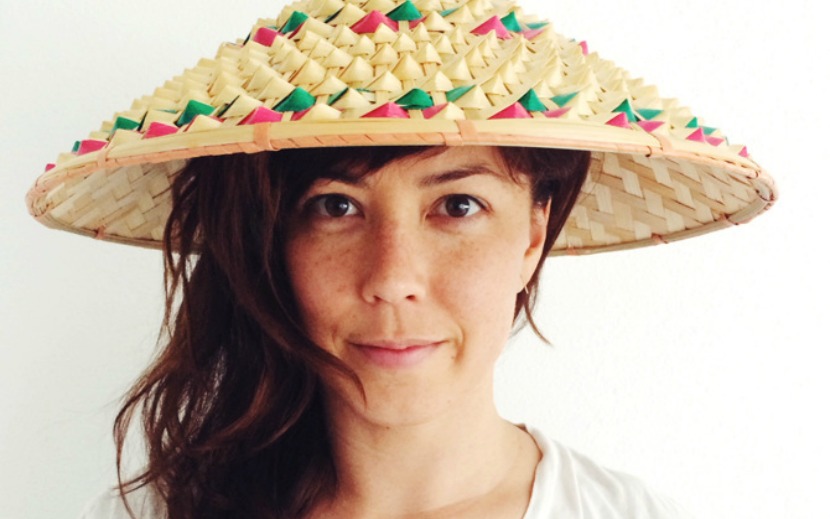
My kid-dom was an exercise in not quite fitting in, but mostly being okay with it. My father is white, my mother is third-generation Japanese-American. Our Southern California suburban home was a lazy susan of Heinz condiments and Japanese snacks, and our bookshelves were stacked high with collections on ikebana and Ursula Le Guin. Growing up, I attended Obon, an annual Japanese Buddhist festival, wore kimonos, and learned traditional fan dances. I didn’t look the part, but I was young and it didn’t matter. I was different. And that was cool.
When I was four, my family traveled to Japan. I viewed Tokyo, with its noisy pachinko arcades and clothes racks for what felt like miles, all from a stroller’s eye level. In Kyoto, I experienced Japan’s disturbing fascination with foreigners, as throngs of squealing schoolgirls in Sailor Moon uniforms asked my parents’ permission to take pictures with my brother and I. Camera flashes and repeatedly being called kawaii — “cute” in Japanese — followed us everywhere we went. I remember wondering what all the fuss was about, even as I understood that the fuss was me. We were cute little half-Japanese kids but more important, we looked different.
If we were “none of the above,” then what were we?
I started to question: maybe we don’t just look different. Are we different? A few years after the Prejudice Playground Incident, in middle school, my brother and I formed a punk garage band called “None Of The Above.”A terribly nerdy name inspired by Scantron tests, but also an accurate ethnic and cultural description of who we really were. Honest insight into our identity? Definitely. Cool band name? Definitely not. I was on drums. My brother on guitar. We performed to my mixed-race family with much accolade even though I was not the model minority pianist prodigy my mother had hoped for. But we did win the high school talent show.
The thing is, back then, we never answered the real question: If we were “none of the above,” then what were we?
When high school hit, I graduated from “cute” to “exotic.” Until then, “exotic” was only an adjective I had heard in conjunction with strippers and yes, birds. Non-Asian guys had pavlovian reactions when I told them I was half-Japanese. I learned to use it as bait. It felt powerful. But it also felt easy. Not exactly a shining moment in my adolescence, but I was a teen where the line between objectification and desire was a blur. Nevertheless, my ethnicity became my calling card. If I was exoticism personified, then I wanted people to know it. I was no longer mixed, or none of the above, or a tourist curiosity. I was Asian.
It worked for a while. I felt like I had a home in my racial identity. But then I began acting and auditioning and suddenly, I was not even Asian enough to pretend to be as Asian.
An agent recommended I shoot new headshots to look more Asian. Another suggested I use my mother’s Japanese maiden name so casting directors could identify me easier. So I dyed my hair jet black and stayed out of the sun. I practiced the Asian immigrant parent accent, which to this day often feels like a lie, and studied conversational Japanese. In reality, I made a superficial checklist attributed to Asians and tried to become the stereotype. To no avail. Hollywood would not accept me as Asian.
An agent recommended I shoot new headshots to look more Asian.
I wanted to be recognized as Asian. I identified as such. I spoke enough, I traveled there enough, yet why wasn’t that enough? Well, if I couldn’t be Asian, then I wanted to be white. After all, I am white. My father is. So, at a crossroads, I highlighted my hair, self-tanned, and tried to become more “white.” No dice. Again, I was asked by agents and managers if I could look more Asian. But I thought I wasn’t Asian…? Cue existential crisis.
There is an upside, though I definitely wasn’t seeking it: I’ve picked up a new tribe. It is filled with the actors I see in waiting rooms all over L.A., the ones I’ve gotten to know over the years because we are the “ethnically ambiguous.”
Some skew Latino, others Black, but for most of us it’s somewhere in between. And that is precisely the point. We are the fillers casting directors use to color between the racial lines; the practical casting choice when clients would rather not choose; and the ethnically undefined in an industry that has already defined it for us. In short, the “ethnically ambiguous” appeal to global markets. We are advertising gold. Or as I like to call it, two for the price of one.
But let’s be clear: I hate being called “ethnically ambiguous.” It erases my race, denies my cultures, and strips me of my identity as I know it. I want to be accepted for my whole self. But my experience in the industry has forced a self-examination that has been wholly worth it. I joined the Hapa conversation. I created my comedy series about being mixed. It took Hollywood attempting to strip me of my identity for me to properly discover, and redefine, myself.
For me, being mixed means being both. A seemingly simple statement that took years to embrace. Ethnically fluid. Pan poly racial. Whatever name society wants to label me next, I know I am anything but unknown. I am half and half, and that is enough.
Being half is complicated. But you are always enough for us, Mash-Ups.
An Outsider on the Inside, Sometimes
